Pik Tek : Rhythmic instrument inspired by biomimicry and adapted to people with disabilities
Team
Company | Institution
Category
Type
Project description
The aim of this project was to create a musical instrument inspired by nature and biomimicry adapted to people with disabilities. To do this, we were inspired by the spotted woodpecker and its drumming, which allowed us to experiment with the resonance of wood. We wanted to offer a fun, sound and visual experience to users.
The aim of this project was to create a musical instrument inspired by nature and biomimicry adapted to people with disabilities. To do this, we were inspired by the spotted woodpecker and its drumming, which allowed us to experiment with the resonance of wood. We wanted to offer a fun, sound and visual experience to users.
We imagined this rhythmic instrument for people with reduced mobility. While observing them during their musical practice, we noticed that the rhythm was mainly played by the supervisors. We therefore thought it might be interesting to allow them to accompany musicians with an instrument that can create ambient rhythms inspired by nature. The controls that activate the strikers were designed to be modular so that they can be adapted to different handicaps, but also to limit movement by simply pressing push buttons.
User feedback on the project has been very positive. In fact, there is not only a sound interaction between the users and the instrument, but also a visual interaction with the activation of the strikers that hit the wooden slats making them resonate. Users have visual and sound feedback of their actions on the instrument, which makes the experience more fun. Moreover, this project has been very successful with children and shows an interesting pedagogical character on the learning of wood resonance and rhythm.
For the design process, we first started with an observation phase of musical practice in a group of people with disabilities. We then decided to work on a rhythmic instrument, for which we were inspired by the Spiny Woodpecker and its drumming, which offers interesting resonances. As our team is made up of interactive designers and a product designer, we divided up the tasks according to each person’s skills.
Our goal was to create an instrument that is both playful and modular. The wooden slats can be replaced by other species or materials such as metal, which can provide interesting resonances and sounds. The sober aspect of the instrument makes it more accessible and easy to use. We wanted to work with the wood material as much as possible in the design of the prototype to keep a link with our basic inspiration. It was interesting in our project to mix “handcrafted” work with woodworking and digital with the electronic and coding part that allows the internal functioning of the instrument.
The aim of this project was to create a musical instrument inspired by nature and biomimicry adapted to people with disabilities. To do this, we were inspired by the spotted woodpecker and its drumming, which allowed us to experiment with the resonance of wood. We wanted to offer a fun, sound and visual experience to users.
We imagined this rhythmic instrument for people with reduced mobility. While observing them during their musical practice, we noticed that the rhythm was mainly played by the supervisors. We therefore thought it might be interesting to allow them to accompany musicians with an instrument that can create ambient rhythms inspired by nature. The controls that activate the strikers were designed to be modular so that they can be adapted to different handicaps, but also to limit movement by simply pressing push buttons.
User feedback on the project has been very positive. In fact, there is not only a sound interaction between the users and the instrument, but also a visual interaction with the activation of the strikers that hit the wooden slats making them resonate. Users have visual and sound feedback of their actions on the instrument, which makes the experience more fun. Moreover, this project has been very successful with children and shows an interesting pedagogical character on the learning of wood resonance and rhythm.
For the design process, we first started with an observation phase of musical practice in a group of people with disabilities. We then decided to work on a rhythmic instrument, for which we were inspired by the Spiny Woodpecker and its drumming, which offers interesting resonances. As our team is made up of interactive designers and a product designer, we divided up the tasks according to each person’s skills.
Our goal was to create an instrument that is both playful and modular. The wooden slats can be replaced by other species or materials such as metal, which can provide interesting resonances and sounds. The sober aspect of the instrument makes it more accessible and easy to use. We wanted to work with the wood material as much as possible in the design of the prototype to keep a link with our basic inspiration. It was interesting in our project to mix “handcrafted” work with woodworking and digital with the electronic and coding part that allows the internal functioning of the instrument.

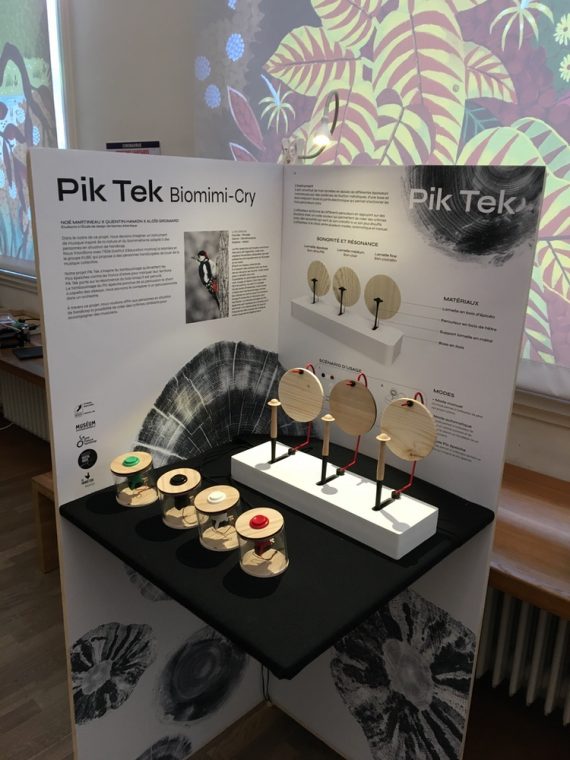

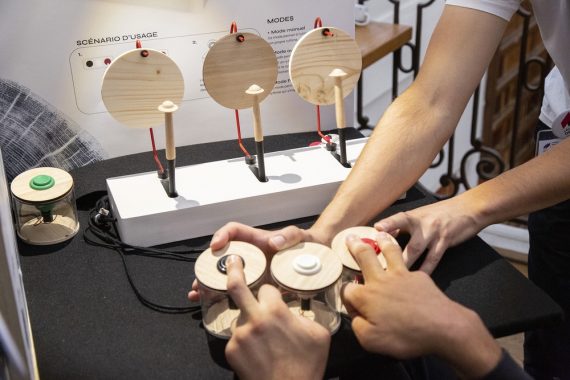

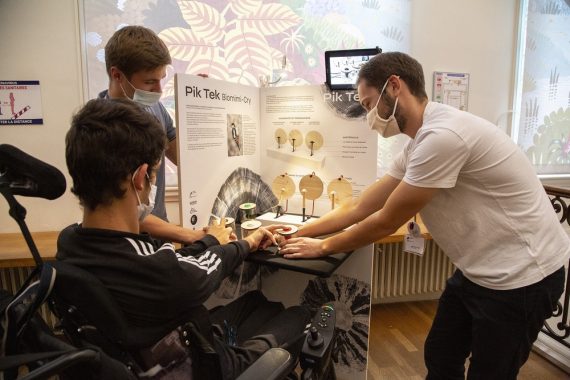
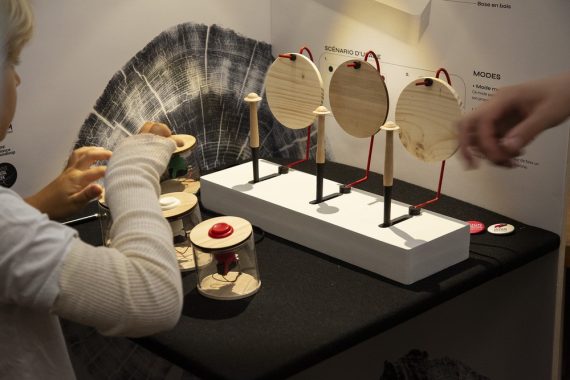
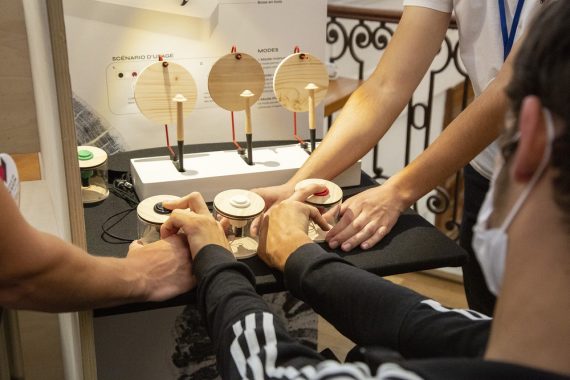
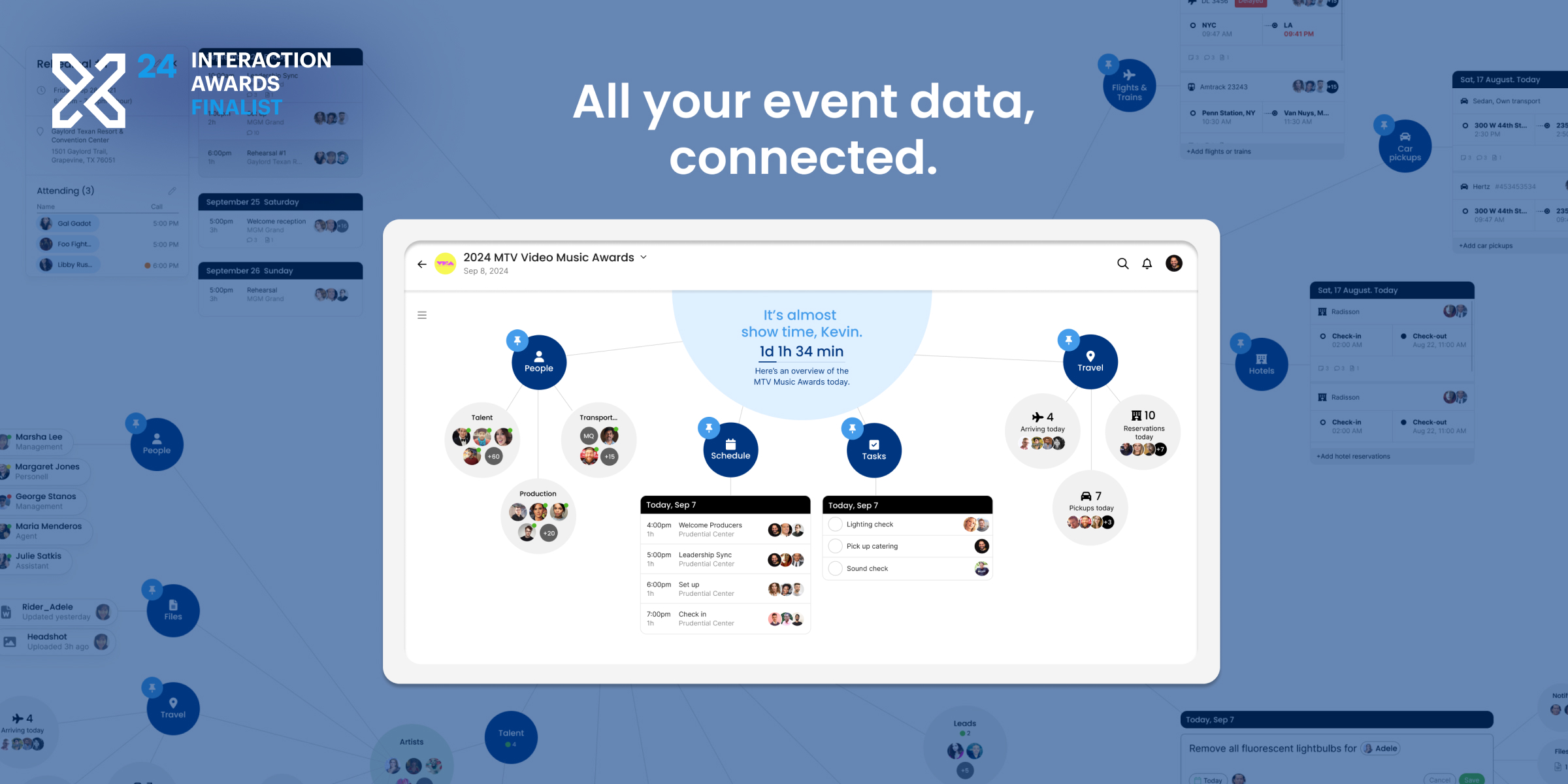
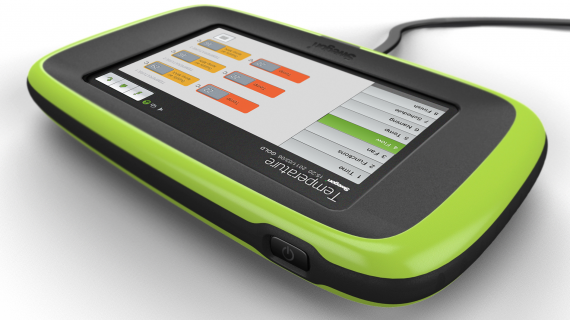
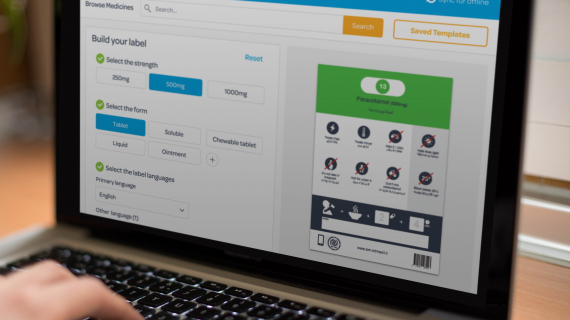
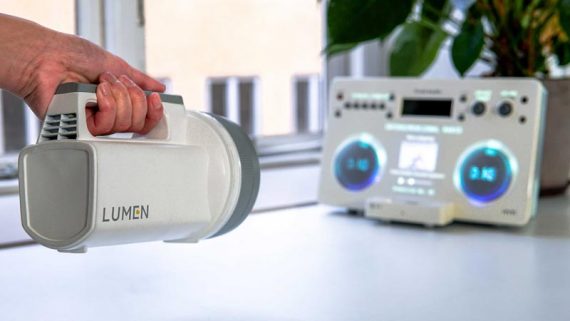
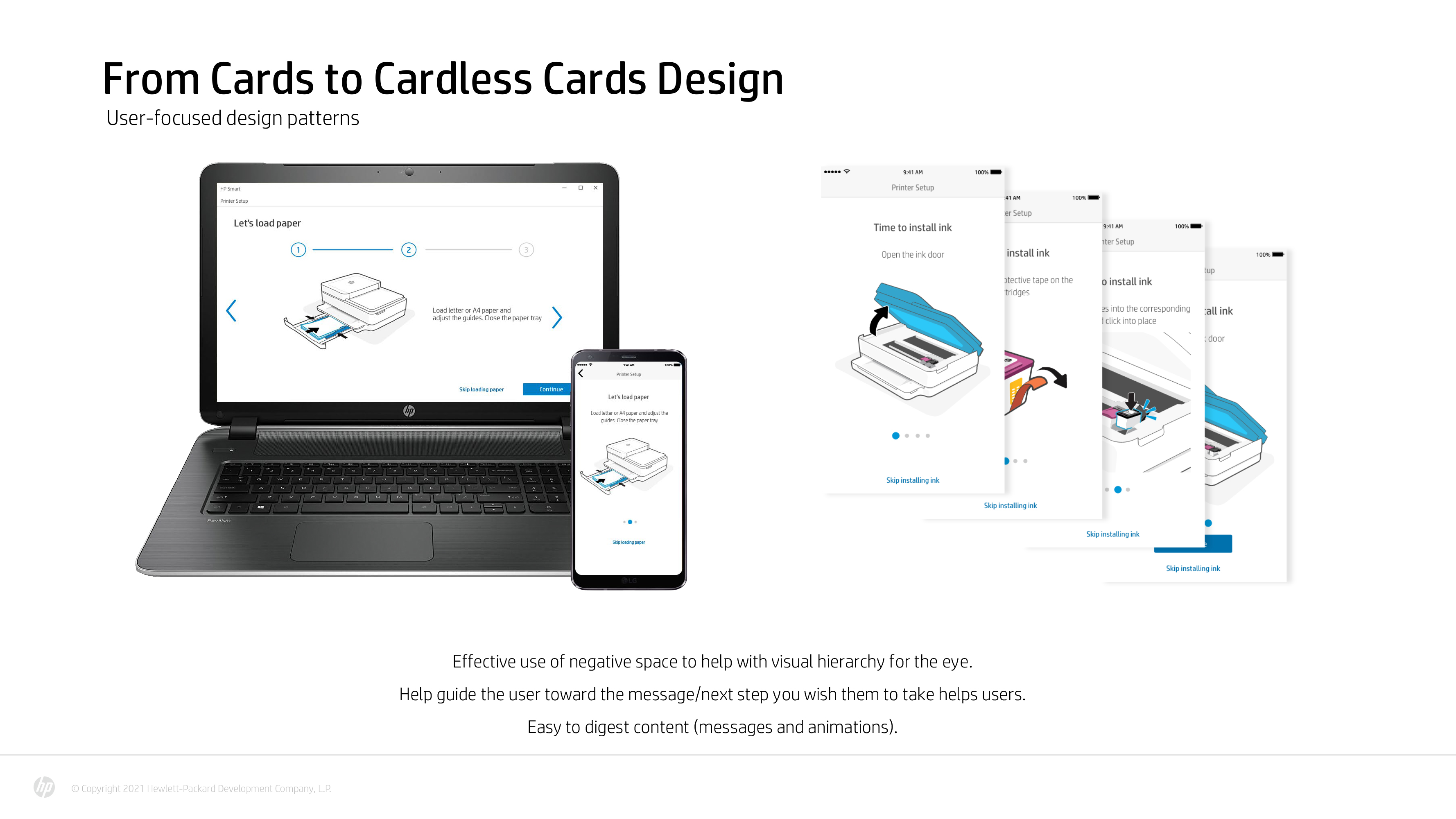
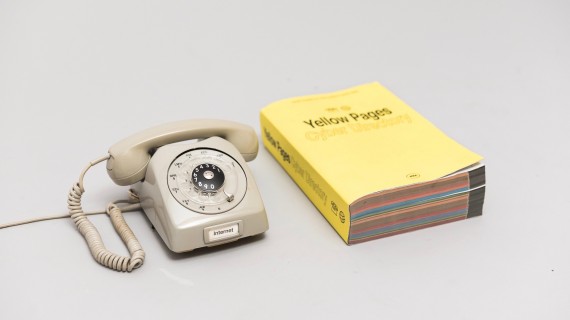


.png)
